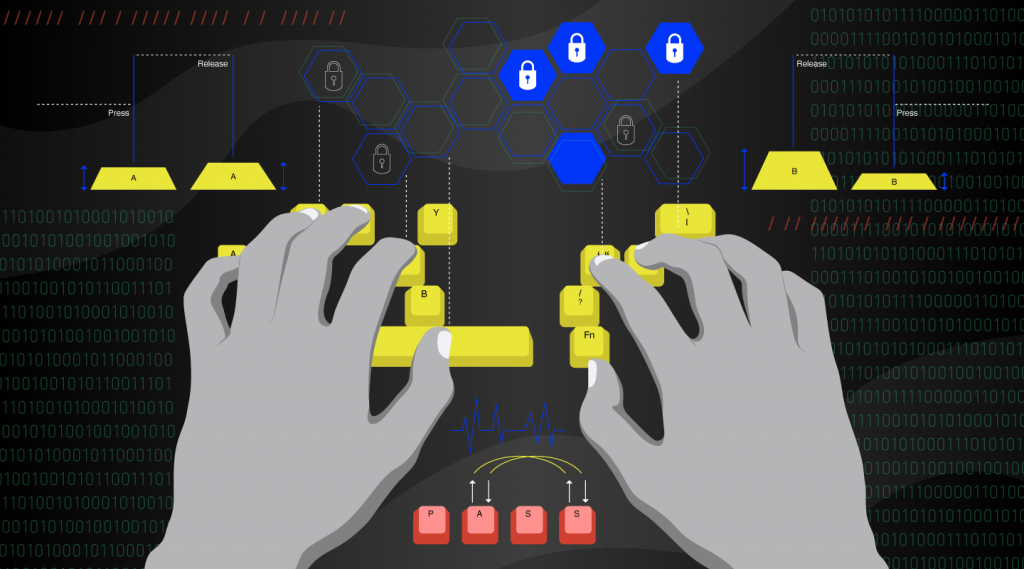
In an era defined by rapid technological advancements, safeguarding sensitive information has become paramount. As cyber threats continue to evolve, traditional methods of authentication, such as passwords, are no longer sufficient to protect against sophisticated attacks. Biometric authentication has emerged as a must-have security measure, offering a more robust and user-friendly solution to verify identities. One intriguing facet of biometrics is keystroke dynamics, also known as typing biometrics, which leverages the unique patterns of individual typing styles to bolster authentication. Let’s explore the significance of biometric authentication and delve into the intricacies of typing biometrics.
The Need for Biometric Authentication
Traditional authentication methods, like passwords and PINs, have several inherent vulnerabilities. Passwords can be easily forgotten, shared, or stolen through phishing attacks. Even strong passwords are susceptible to brute-force attacks, where attackers systematically attempt different combinations until they find the right one. Biometric authentication addresses these concerns by utilizing physical and behavioral traits unique to each individual.
Biometrics includes a range of characteristics, such as fingerprints, facial features, iris scans, and voice recognition. These traits are nearly impossible to replicate, making them highly secure. Unlike passwords that can be lost or forgotten, biometric data is an inherent part of an individual’s identity, significantly reducing the risk of unauthorized access.
Typing Biometrics: The Rhythm of Identity
Typing biometrics, also known as keystroke dynamics or typing rhythm analysis, is a compelling subset of behavioral biometrics. It capitalizes on the fact that each person has a distinct typing style, influenced by factors like finger length, muscle memory, and typing habits. Keystroke dynamics analyze the unique timing patterns between key presses and key releases, creating a biometric signature that is specific to the individual.
This method of authentication offers several advantages. Firstly, it’s non-intrusive, requiring users to do nothing more than type as they normally would. It’s also continuously adaptable, learning and adapting to subtle changes in an individual’s typing pattern over time. This makes it more reliable than fixed biometric traits that may change due to injury, aging, or environmental factors.
Additionally, typing biometrics enhances the multi-factor authentication concept. By combining something the user knows (e.g., username) with something the user does (typing rhythm), the security posture is significantly improved, making it harder for malicious actors to breach systems.
Real-World Applications and Future Prospects
Typing biometrics has seen adoption in various industries, including finance, healthcare, and technology. It is used for secure access to systems and data, as well as to detect anomalies in user behavior, which can be indicative of a compromised account. Beyond its current applications, the future holds even more potential for typing biometrics.
As technology advances, we may witness the integration of typing biometrics into mobile devices, enhancing the security of smartphones and tablets. Furthermore, the combination of typing biometrics with other behavioral biometric methods, such as mouse movement analysis, could create even more powerful authentication solutions.
Conclusion
In the ever-evolving landscape of cybersecurity, biometric authentication is a must-have. It offers a higher level of security than traditional methods, while also being user-friendly. Typing biometrics, as a subset of behavioral biometrics, adds a layer of sophistication and adaptability to authentication systems, making it an invaluable tool for safeguarding sensitive information. By embracing biometrics, we take a crucial step towards a more secure digital future.

